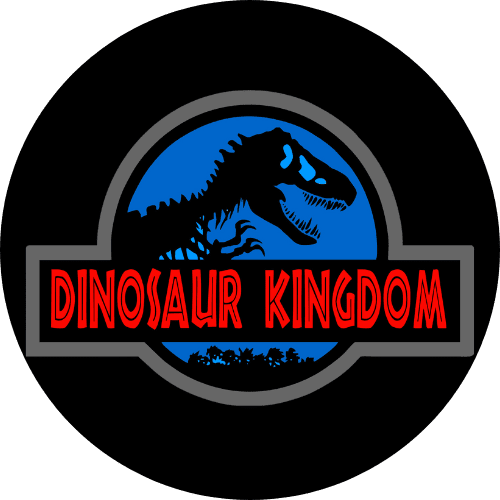Exploring Dinosaur Habitats: Where Did They Live and What Did They Eat?

Posted on August 3rd, 2024
Dinosaurs roamed the Earth millions of years ago, dominating nearly every environment and adapting to a variety of habitats. From lush forests to dry deserts, dinosaurs thrived in vastly different ecosystems. If you’ve ever wondered where these prehistoric creatures lived and what they ate to survive, this blog will explore the fascinating world of dinosaur habitats and their diets. Whether you're hosting a dinosaur-themed party or simply have a curious young paleontologist at home, understanding these ancient environments is a fun way to dive into the Jurassic world.
Dinosaur Habitats: Where Did They Live?
Dinosaurs lived across the globe in diverse habitats, just as modern animals do today. Depending on the species, some dinosaurs were better suited for specific environments.
Here's a closer look at the most common habitats where dinosaurs thrived:
1. Forests and Jungles
Many dinosaurs lived in lush forests and jungles that provided plenty of vegetation and cover. Herbivorous dinosaurs, such as the mighty Brachiosaurus and the spiked Stegosaurus, called these areas home. These dense forests were filled with ferns, cycads, and other prehistoric plants that these plant-eaters consumed in abundance.
2. Plains and Grasslands
Some of the largest dinosaurs, like the Tyrannosaurus Rex and Triceratops, inhabited open plains and grasslands. These wide, open spaces allowed herbivores to graze while carnivores like T. Rex could easily spot their prey. Although grass wasn’t as common during the Mesozoic Era, low-growing plants and shrubs covered these plains.
3. Deserts
Deserts were also home to certain species of dinosaurs. For example, the large and fast Gallimimus is believed to have lived in arid, desert-like environments. These dinosaurs likely relied on their speed to avoid predators and find food. Desert regions would have been tough habitats for both herbivores and carnivores, requiring specialized adaptations to survive.
4. Coastal and Marine Environments
Some dinosaurs lived near the coasts or in wetland environments. The Spinosaurus, for example, is one of the few dinosaurs known to have been semi-aquatic. It likely hunted fish in rivers and coastal waters. Wetlands and swampy areas were rich in food resources, from small amphibians to water plants.
5. Mountains and High Altitudes
While less common, some species of dinosaurs were adapted to living in higher elevations. Evidence of fossils found in mountainous regions suggests that some dinosaurs ventured into more rugged terrain, although these areas were likely less populated than the forests or plains.
What Did Dinosaurs Eat?
Dinosaurs had diverse diets depending on their species and habitat. Let's break it down into the three primary groups of dinosaurs based on their diets:
1. Herbivores (Plant-Eaters)
Herbivorous dinosaurs made up a significant portion of the dinosaur population. These plant-eating giants, like the long-necked Brachiosaurus and the heavily armored Ankylosaurus, fed on various vegetation such as ferns, conifers, and cycads. Dinosaurs living in dense forests had an abundance of leafy plants to graze on, while those on plains relied more on shrubs and smaller plants.
2. Carnivores (Meat-Eaters)
Carnivorous dinosaurs, including the famous Tyrannosaurus Rex and the agile Velociraptor, were the top predators of their time. These dinosaurs primarily hunted other dinosaurs, using their sharp teeth and claws to capture prey. Carnivores lived in various habitats, from forests to plains, where they could easily spot herbivores.
3. Omnivores (Both Plants and Meat)
Some dinosaurs, like the small, bird-like Oviraptor, were omnivores. These dinosaurs had more flexible diets, eating both plants and small animals. This adaptability likely allowed omnivores to thrive in various habitats, giving them access to a wider range of food sources.
Conclusion
Dinosaurs were remarkable creatures that adapted to live in nearly every environment on Earth. From dense jungles to open plains, deserts to coastal regions, they thrived in habitats that provided them with the food and resources they needed to survive. Whether they were herbivores munching on plants or carnivores chasing down prey, their diets were as diverse as their habitats. By exploring where dinosaurs lived and what they ate, we gain a deeper understanding of these ancient giants and the world they inhabited.
dinosaur habitats, where did dinosaurs live, what did dinosaurs eat, dinosaur environments, herbivorous dinosaurs, carnivorous dinosaurs, exploring dinosaur ecosystems, dinosaur food sources, types of dinosaurs and their diets
